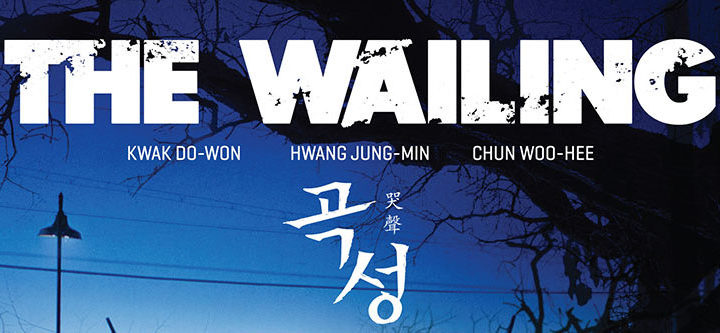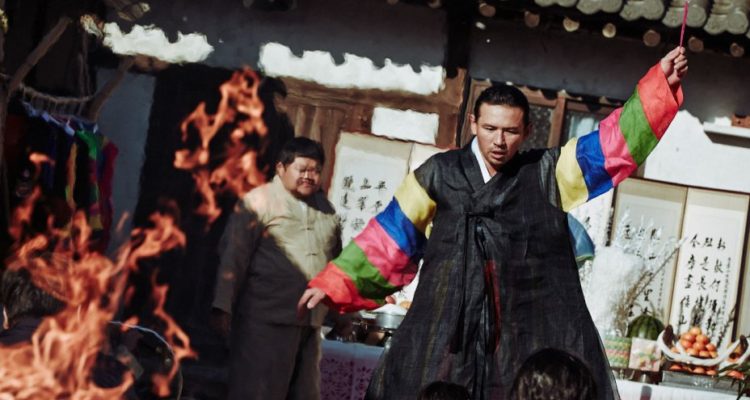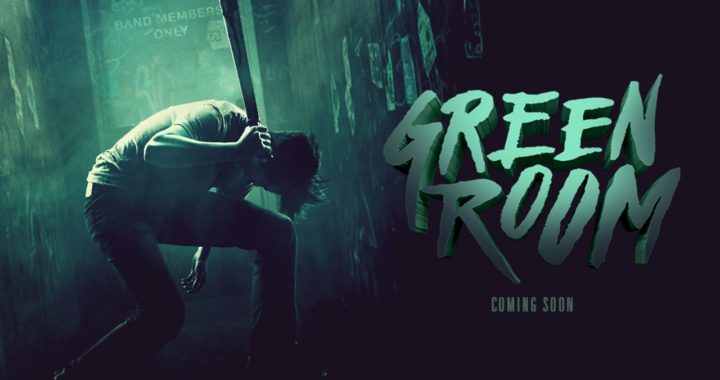Anna Rose Holmer’s directorial debut, The Fits, is a look into a young girl entering a new social group. Toni (Royalty Hightower) is an 11 year old girl who trains with her older brother’s boxing team at the local community center. In another wing of the building, there is a successful dance team filled with girls her age. To Toni, the dance team occupies a different world and she is curious. After some coaxing from her brother, she tries out and joins the group. The film explores her gradual assimilation in the face of a sickness that begins soon after she joins.
Holmer does a great job of portraying Toni’s outsider status. Even as the other girls are fairly welcoming, the distancing effect created by repeated shots with only Toni in focus show how foreign this new world is to her. She has only experienced the social dynamics of her brother’s friends and doesn’t know what to do when faced with the gossip, nail painting, and ear piercing of the girls dance team. Hightower’s stoic but wide-eyed stare convey her genuine confusion at the accepted customs of her team members. Her performance successfully balances her unfamiliarity while still charming through flashes of her youthful naivete.

The film attempts to create tension using techniques most commonly seen in the horror genre. Holmer dials into the slow tracking shots, the muffled chatter, and the high pitched audio feedback found in a James Wan film. While these techniques establish a creepy atmosphere, the film isn’t able to build tension over time because of how the fits are depicted. Despite being the supposed center of the story, the fits themselves feel like background events. Toni’s detachment from the other girls prevents these episodes from feeling like credible dangers. Even as other characters begin to fear for their safety, Toni is never worried and this complacence extends to the audience. We too have little interest in the symptoms, effectively preventing any true fear from being created because we can’t be afraid of something that isn’t important.
Toni’s alienation and desire for acceptance into this new group mirrors the spread of the fits. The leaders of the dance team are the first to contract the issue and it slowly works its way down the food chain. The fits become an initiation rite as the kids start to divide themselves based on whether or not they have experienced them. The metaphorical implications of the fits during an exploration of gender roles alone would have made a compelling narrative, but the adherence to horror trappings without being able to produce the desired dread create a promising film with divergent goals that never reach fruition.

3/5 stars.







